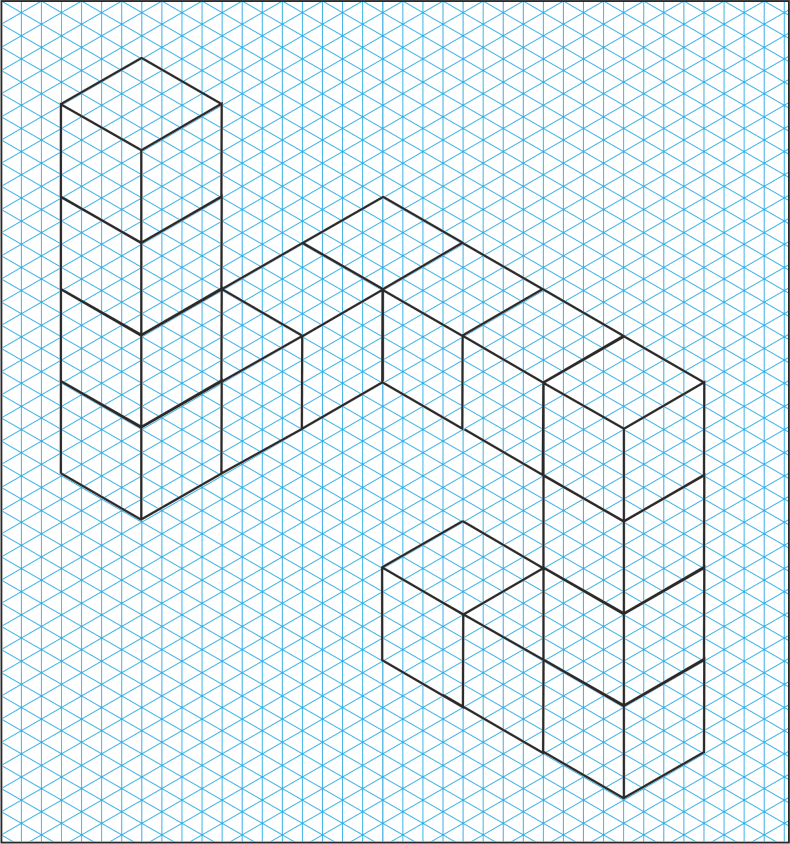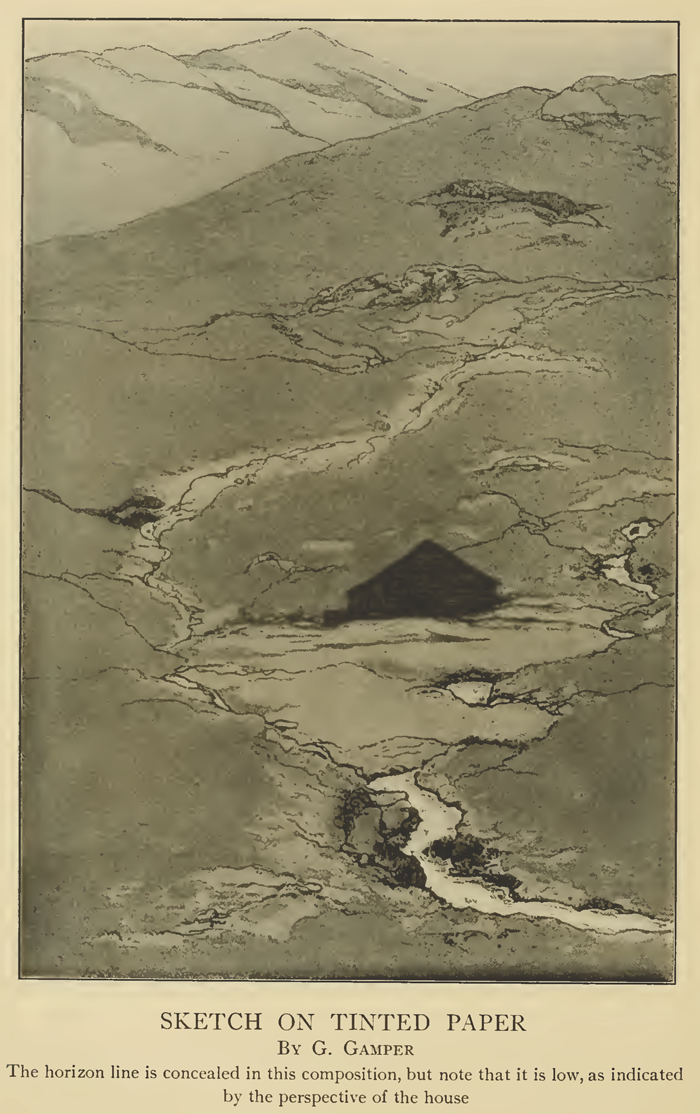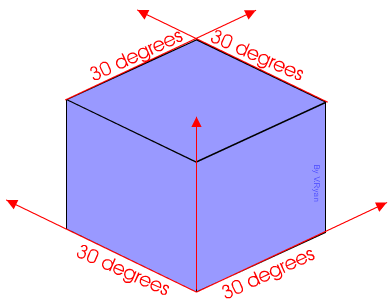
Isometric projection, like orthographic projection. Isometric drawing is a method of visually representing three-dimensional objects in two dimensions, in which the three coordinate axes appear equally foreshortened and the angles between any two of them are 120 degrees. An isometric drawing is one form of pictorial drawing. The isometric drawing is most commonly used in its true form giving "equal measure" and foreshortened views of three sides of the object. One of the advantages of isometric perspective in engineering drawings is that 60-degree angles are easy to construct using only a compass and straightedge. Start by opening your preferences (Command K) and adjusting your keyboard increments to 1in.The term "isometric" is derived from the Greek for "equal measure," reflecting that the scale along each axis of the projection is the same, which is not true of some other forms of graphical projection.

The best way to start working in isometric is to make an isometric grid in Adobe Illustrator.
Isometric drawing for beginners how to#
Ok, now we can get into how to actually draw in isometric. And as the info-graphics style becomes very popular in magazines and newspapers you see isometrics being used more and more by artist with no technical illustration background.

The use of isometrics in early videogames has spawned a whole subculture of isometric pixel artists. But isometrics are the only one of these systems to make the jump from the technical illustrators toolbox to a useful skill for all graphic artists. There are many other systems that don’t require vanishing points or horizon lines and give you similar benefits. This is a very powerful tool for speeding up workflow. But you would only have to draw one screw and then copy it as many times as needed. For example you could have an assembly drawing with one hundred screws in it. This is very important because you only ever have to drawn an object once. An object will be the same anywhere on your page. There are no vanishing points and no horizon lines. The huge upside to drawing in isometric especially using illustrator is that once you have created an object it will look exactly the same anywhere you place it. This is one of the factors that give isometrics their specific look. If you are going to be working in isometric there is a certain amount of distortion that comes with the territory. This is more noticeable when an isometric cube is sitting next to a perspective cube. Often the first impression of an isometric is that it looks “off”. Typically an orthographic will have the top, side and front views of an object drawn together with some kind of scale. 3D modelers often use orthographics to accurately create an object in a 3D application.Īn orthographic is one way to describe a three dimensional object in two-dimensional space. Using a set of orthographics an illustrator can easily draw the three-dimensional object from any angle and in perspective, isometric or any number of other drawing systems. Orthographics are also called engineering drawings or plan views.

Orthographic projections are a way of describing what an object looks like from several different views. I’m going to begin by talking about a system that is commonly used with isometrics. I will go into more depth about isometrics later in this tutorial.

Isometric projections are a system of drawing that allows an artist to quickly and accurately draw an object without using perspective.
Isometric drawing for beginners series#
This is the first part in a series of tutorials about Isometrics.


 0 kommentar(er)
0 kommentar(er)
